If there is one thing constant about Louisiana’s Mississippi River delta, it’s that the delta is constantly changing. The changes are a combination of land loss and land building.
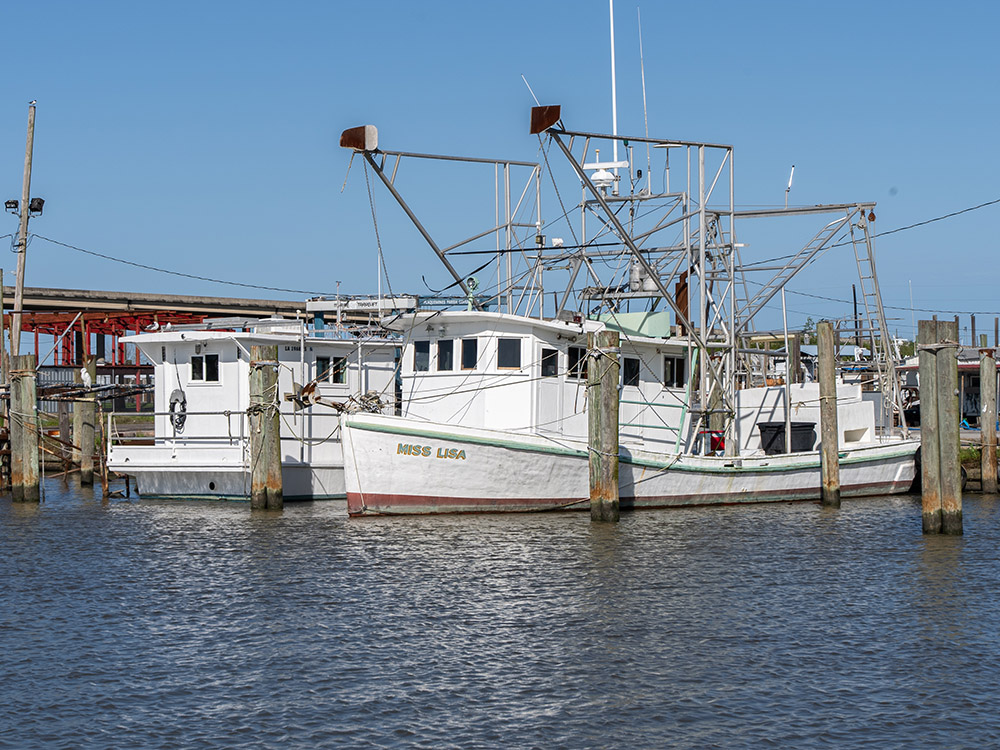
exploring the mississippi river delta
Richie Blink, who grew up along the lower Mississippi in a family of fishermen, now gives boat tours of the river delta. For some, the tour provides a chance to see where the Mississippi River ends as it drains one of the world’s larger watersheds.
mississippi river delta featured on tv
A living delta
Blink points out that 41 percent of the country is drained by the river. “It’s part of 32 states and two Canadian provinces,” he says. Blink calls his company Delta Discovery Tours, and it’s based at a boat dock in the town of Empire, nestled among dozens of shrimp boats. He mixes science and history into a pre-trip slide show as he talks about the changes taking place along the lower Mississippi. “The delta is very much like a living being that’s sort of been in a straight-jacket or almost like a jail cell from all the human activity,” Blink explains as he points to maps of the river.
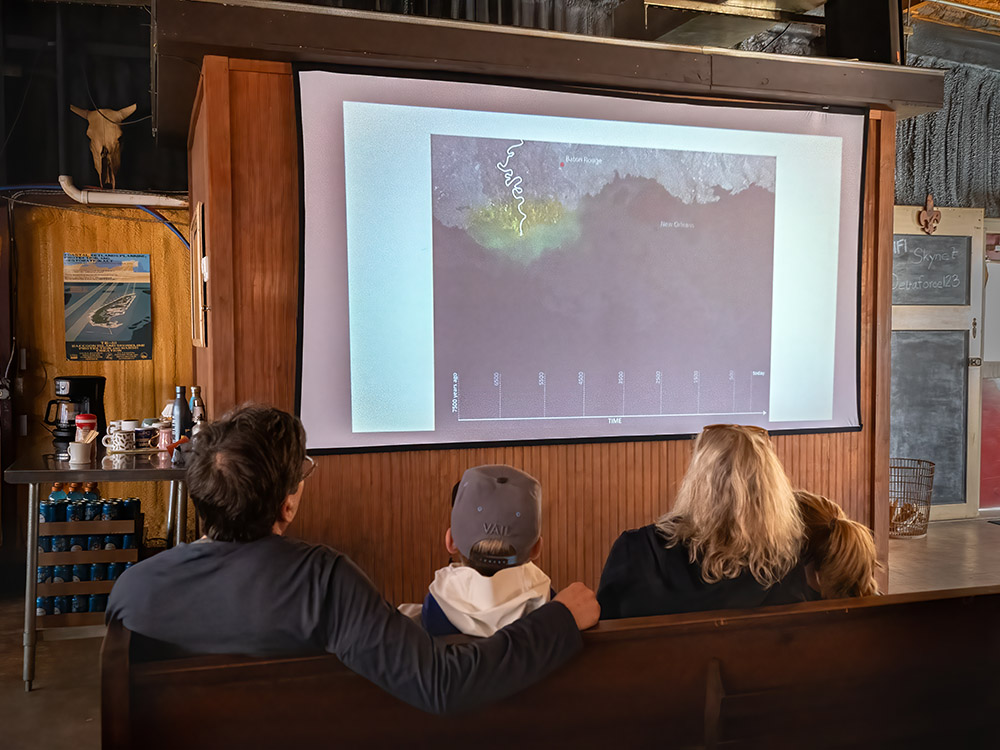
Seeing the changes from a boat
We board an aluminum flat-bottomed boat to begin our tour on the west side of the river. As we leave the protection of hurricane levees, Blink points out that wetlands and winding bayous have dissolved into open bays. Rocks line part of the shoreline to help protect the fragile marsh from even more erosion. The black mangrove trees that grow near the shoreline can offer some protection. Blink calls them, “A three-dimensional biological barrier that’s gonna knock down a storm surge.” He adds, “We can’t do everything with levees and concrete.”
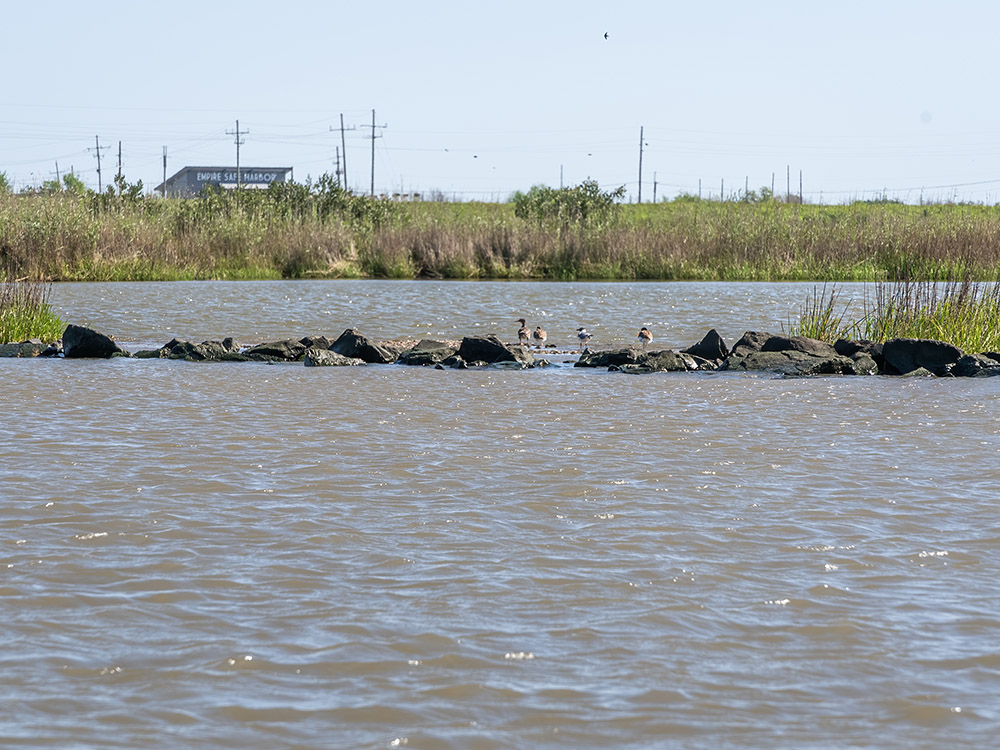
humans speed up changes in the mississippi river delta
The delta of the Mississippi River is always pushing to change, slowly moving back and forth across the Louisiana coastline. But in the past, those changes have taken 2,000 years. Blink says humans have greatly sped up the change, “into a little a bit more than a century, between canal digging, levee building, and oil and gas activity.”
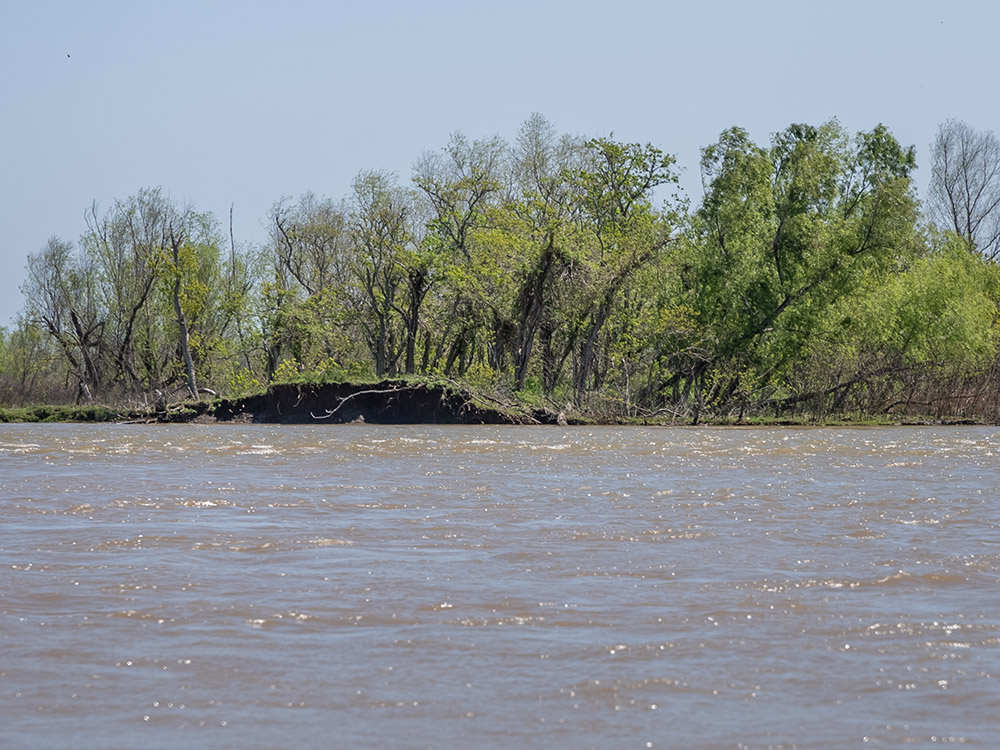
As we head across the mightly river, there is better news. Blink guides the small tour boat through a failed area of a century-old levee. The river water surges through the ever-widening breach called Nepture Pass. The sediment-rich river water is creating new land on its eastern side.
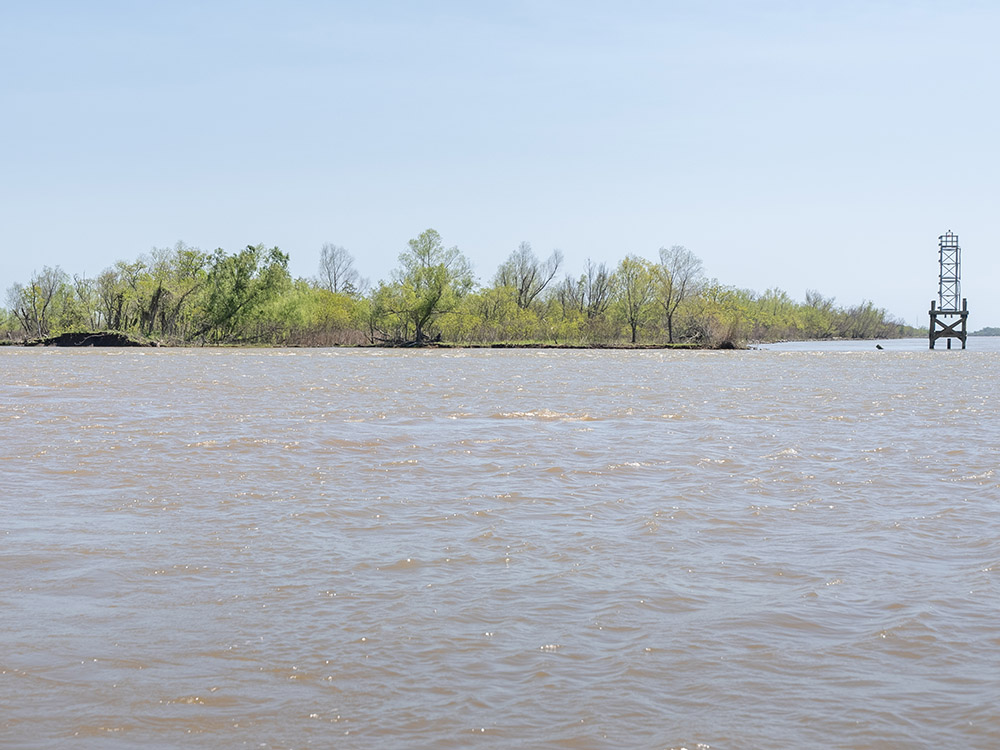
new land to the east of the river
We travel through canals that are lined with tall marsh grass and willow trees. “This area started converting over to a freshwater marsh,” Blink explains. “There’s much more biodiversity here now,” he adds. The lush, shallow freshwater marsh attracts a variety of birds and other wildlife, including alligators. Thousands of willow trees have been planted to help hold the newly formed land together.
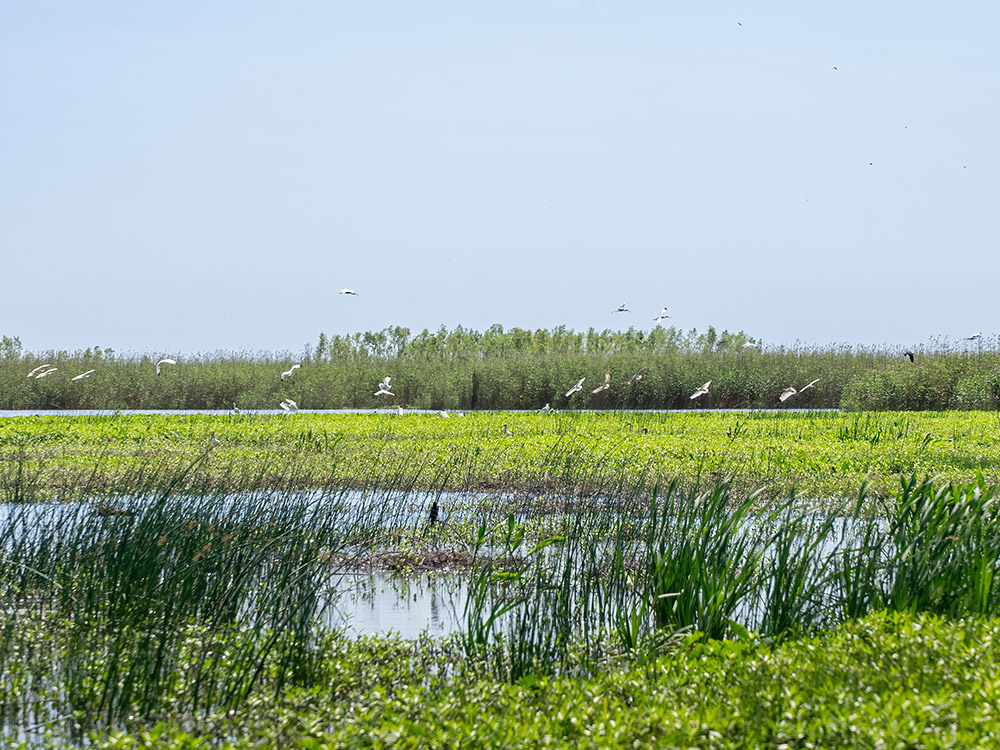
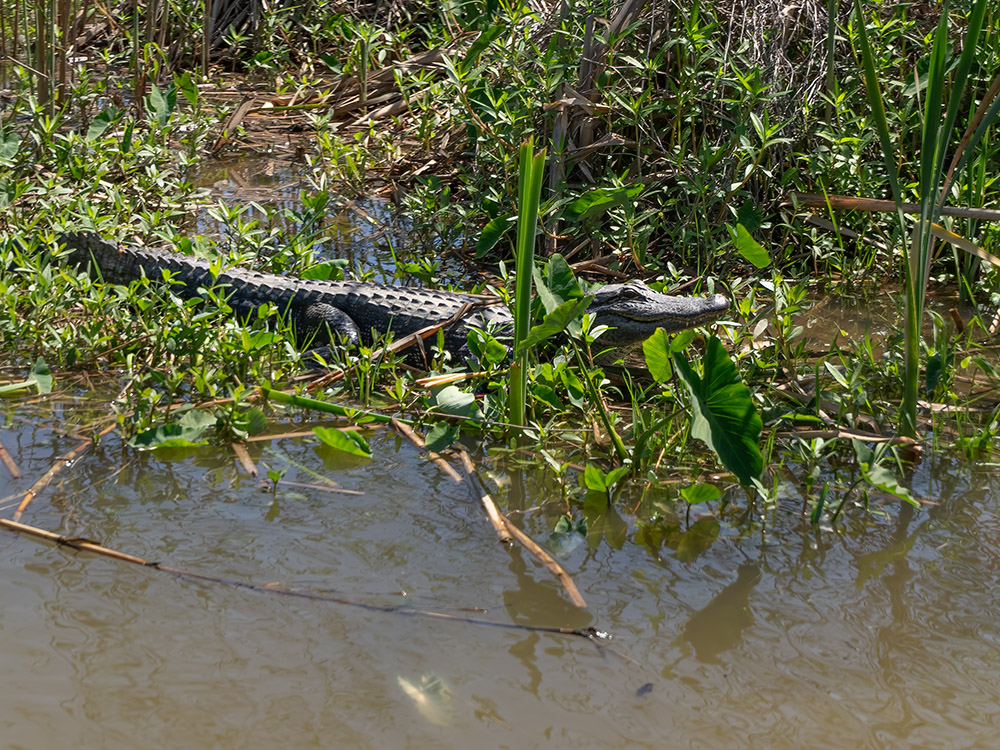
Nicole Pezold Hancock, who grew up in the New Orleans area, but now lives in New Jersy, is seeing the delta up close for the first time. And she is surprised at, “how quickly the open water can grow land, how the wetlands can heal themselves.”
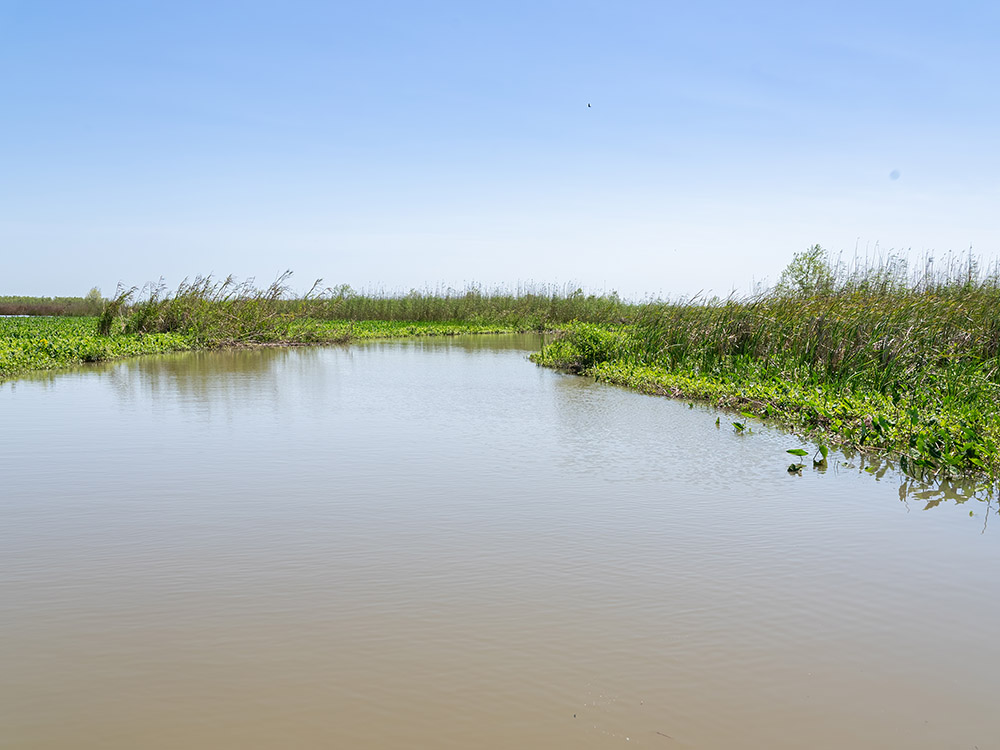
balancing the human interests along the river
Even the land-building comes at a cost, since diverting some of the river flow risks silting up the river channel and making it too shallow for larger ships. And there is the possibility that the river could seize on the widening channel at Neptune Pass and change course. To help control the flow, the Army Corps of Engineers recently added a layer of rocks beneath the water near the channel opening to slow the flow of river water. Delta Discovery Tours gives its guests an up-close look at the levees and land loss, and the potential for creating new land along a river that has shaped this delta for thousands of years.
contact information
Delta Discovery Tours is located in Empire at 168 Ice House Road, Buras, LA. Phone (225) 287-2843.
Tour information on website: Delta Discovery Tours
168 Ice House Rd, Buras, LA 70041

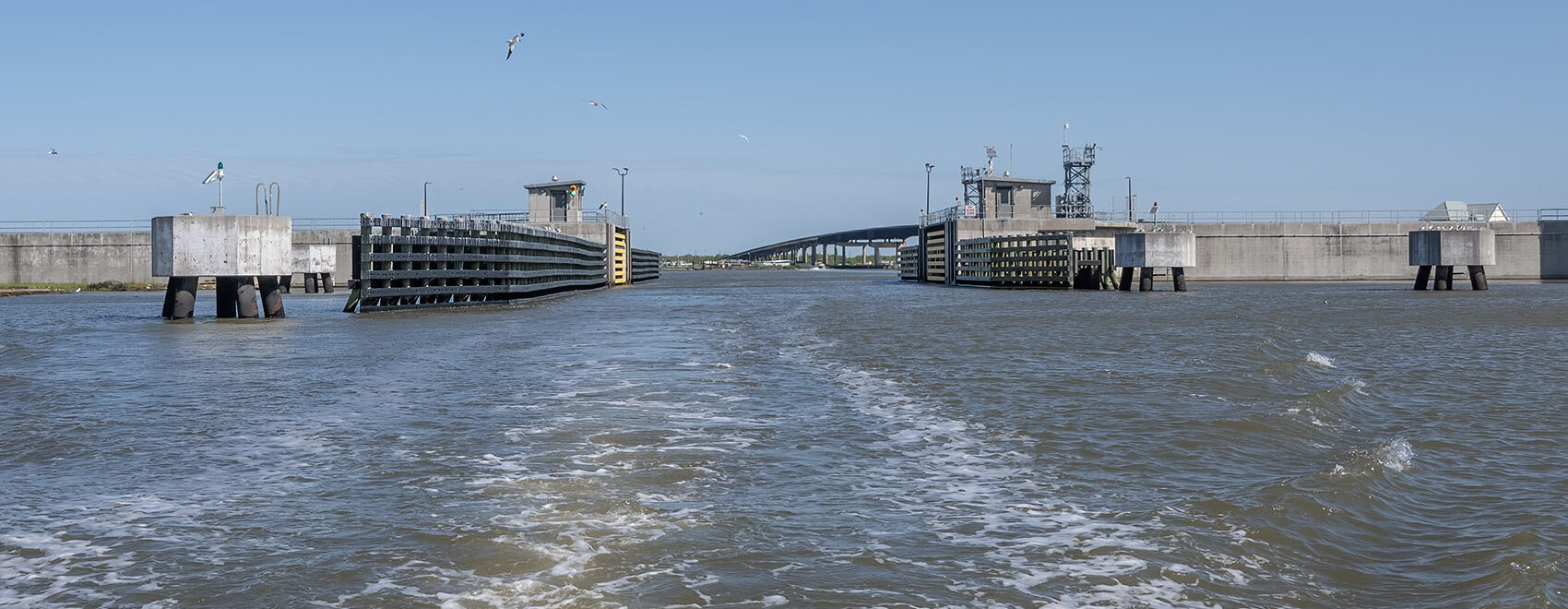
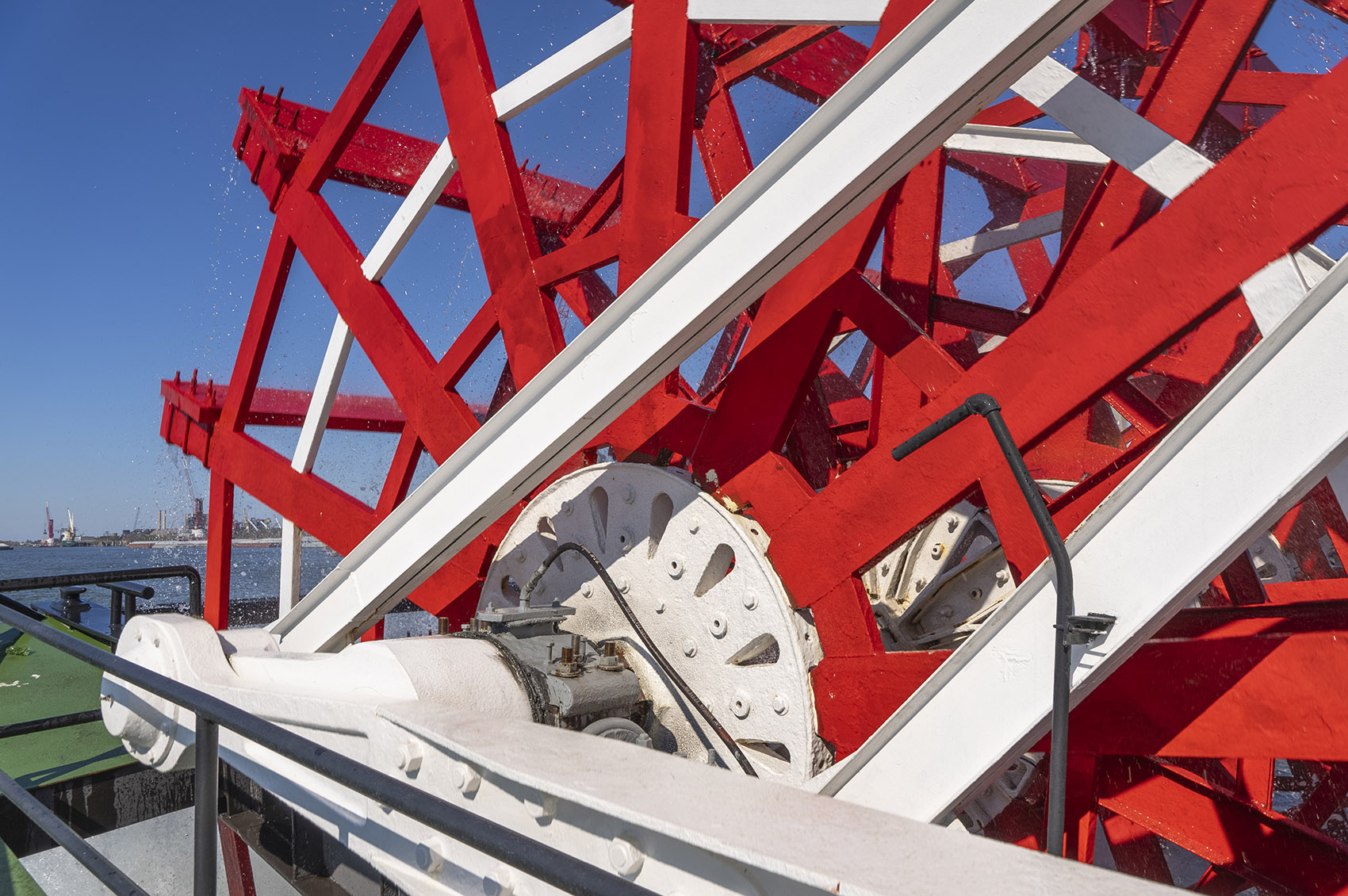
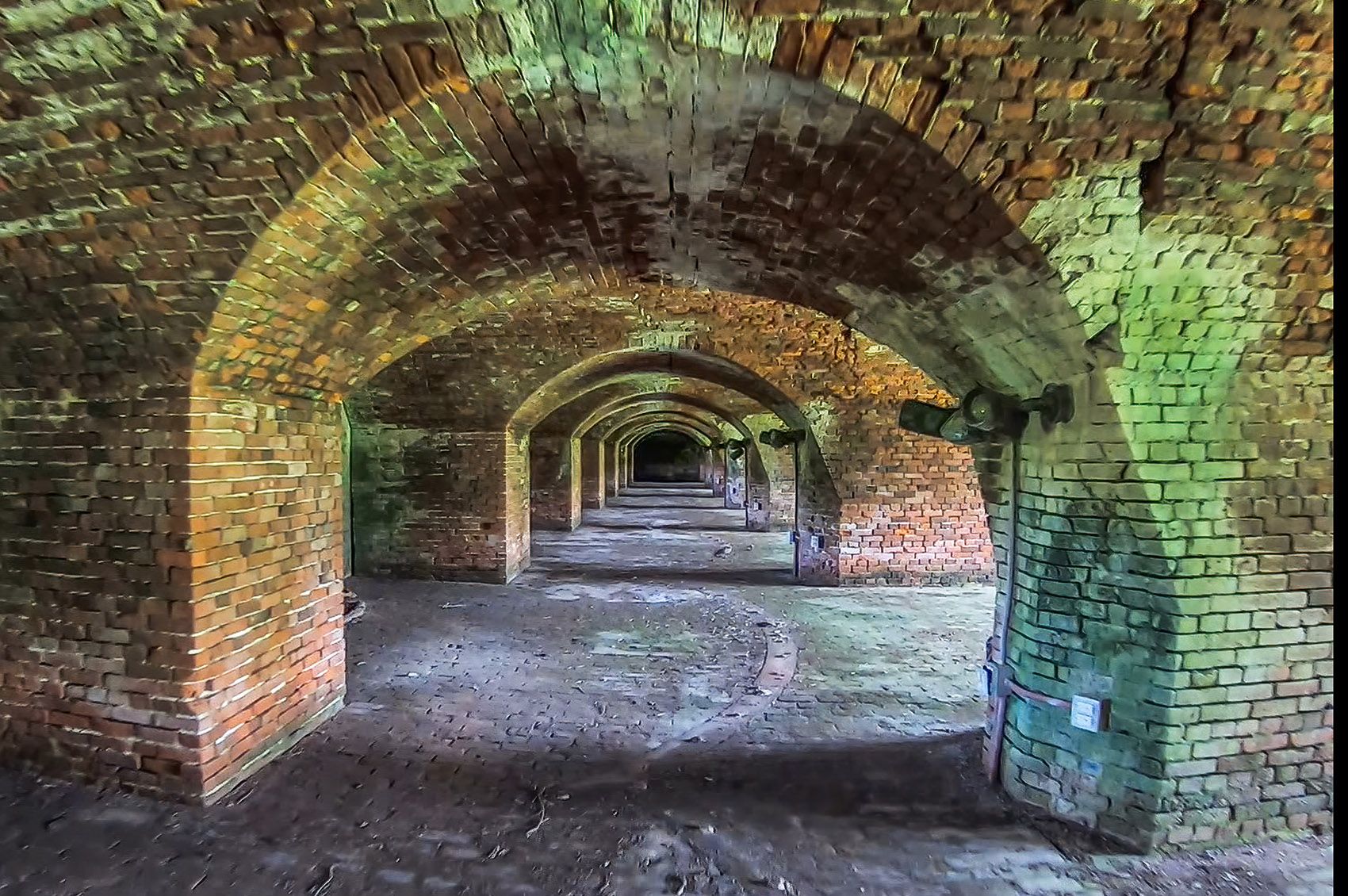

Leave a Reply